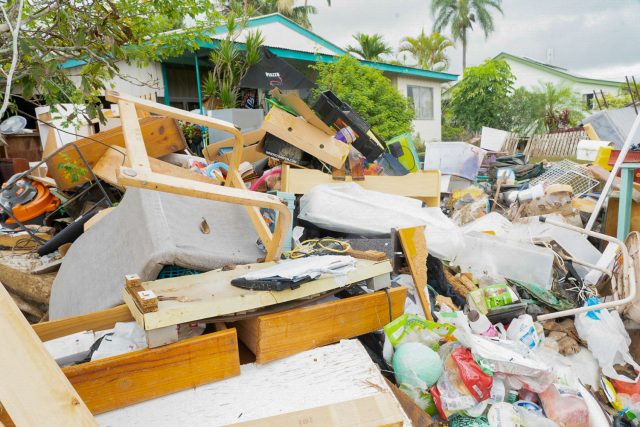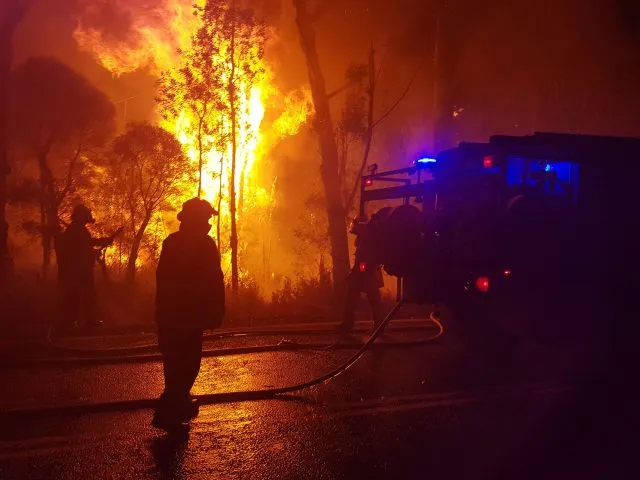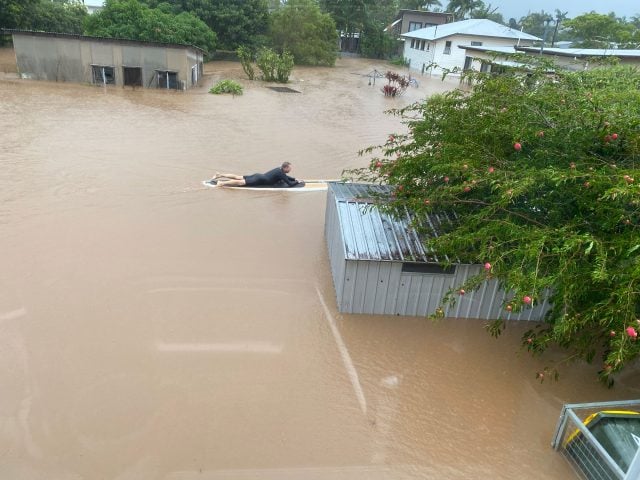
Currently we find ourselves in housing and cost of living crises, set against the backdrop of climate and biodiversity extinction crises. We need more homes for those displaced by the floods and for essential workers and volunteers.

The NSW Department of Planning is applying pressure on Byron Council to deliver additional housing without consideration of the risks involved, or of their own contribution to the housing crisis. There are key issues that need to be examined prior to the all-too-easy pathway of putting the responsibility on Council to meet the state-imposed high growth targets. Recently, the Independent Planning Commission (IPC) identified what the state government had ignored for two decades, the extreme impact of short term rental accommodation (STRA) on the availability and affordability of Byron Shire’s housing stock.

Since the 1980s Byron Shire has been at the forefront of planning for the future by undertaking strategic studies to inform planning rules. The protection of the environment, cultural heritage, and farmland are vital as is the avoidance of the risks of flooding, slope, fire, and coastal erosion. Infrastructure capability, sewerage, water supply, and road networks are essential considerations to ensure that increased development doesn’t result in negative impacts. These are the limits to growth if the desired outcome is to retain a desirable, ecologically sustainable community.
With the pressure from the state to increase supply, there are risks.

When the state government dictates how many new houses we need to meet projected population growth, without the methodology of strategic planning that considers the future impacts, we face the risk of poor outcomes for the future.
The ever-increasing pressure from tourism must be considered. It’s essential that the amenity of the shire is protected. In previous population growth target assessments it was determined that Byron Shire’s share of the regional growth was lower than other shires due to the impacts of, and responsibility for, managing a tourism icon.
Over the decades there have been state threats, particularly when developers don’t get their way. West Byron was an example of this and unfortunately the state government overrode Council’s planning decisions.
The fundamental issue now is what questions and lenses we need to consider any future housing and development strategies. What are the limits to growth and how do we address them?
The application of good strategic planning must be a priority regardless of the urgency. It shouldn’t require the community and Council to remind the state planning department of the responsibility of planning, but perhaps it is necessary at this time.
Historically, the state-imposed long-term growth targets have been met ahead of time, but this unfortunately initiated increased population targets. However, the state failed to support Council’s 20-year campaign to regulate holiday letting. They also failed our shire in the delivery of social housing and instead imposed state-wide uniform planning to allow increased densities for the delivery of affordable housing.
Increasing density and heights adds more pressure on infrastructure and risks eroding the amenity of the shire and must be considered prior to changes to planning rules.
Do we build whole new towns and villages to support future growth? This requires significant planning and expenditure to provide infrastructure and community facilities. Is the state willing to provide that level of support?
Council must explain to the state that there are limits to growth in Byron Shire and it’s essential to get the planning clarified on STRA before new development areas are identified.

On the back of the 2022 floods, we know the important lens through which to plan for future growth, how and where we build homes, businesses, and public spaces that can withstand future flooding and other risks.
Water security, sewerage and road capacity are key issues in Byron Shire and need costed contingencies and pathways to deliver the infrastructure before new areas for residential growth are determined.
The extinction crisis is a fundamental lens. Responsibility to protect endangered biodiversity is a Byron Shire hallmark. But significant threats to farmland, coastal erosion, and sea level rise also cannot be ignored.

Sustainable development
At some point soon we may find ourselves at capacity in terms of ecologically sustainable development.
The tourism lens presents key issues for our economic future. How do we protect Aboriginal cultural assets, precious marine life, beloved landscapes, natural beauty, and rich biodiversity for future generations to enjoy?
Then there is the affordability and accessibility lens. The current trajectory of mortgage stress and insurance pressures, coupled with an extreme lack of available or affordable rental properties must be a foundational lens through which to measure any residential growth targets.
Even if thousands of new homes are built in Byron Shire over the next 20 years, who will be able to live in them? West Byron land prices provide an indication. The statistics on entire homes on share platforms indicates the appetite, but without a mechanism to cap short term holiday letting for entire homes they will continue to be used as short-term lets and the shire will continue to be unattainable for most of our citizenry.
As far as future growth goes, there needs to be clear guidelines about where and how it can take place. If new growth is proposed, we need to be sure that it’s well planned, that homes are future-proofed, affordable and available, and that cultural heritage and biodiversity aren’t treated as expendable.
Byron Shire needs to stand firm on the principles of ecologically sustainable development as defined in legislation. We have a responsibility to protect and preserve our shire and care for our community. The state government must be willing to support Council and the community and deliver on their responsibility to provide much-needed social housing. It should not force Council to take increased housing until all the issues are reviewed. We cannot afford to end up with outcomes that put residents at risk or impact negatively on our environment and economy.
Further reading on The Echo online: Will Byron Shire achieve an ecologically sustainable future? and So, were we wrong to protect Byron Shire? A 30-year perspective.





Some very valid points here about the importance of considered and holistic planning.
There is also a case to be made for limiting population growth in areas that won’t sustain it rather than working on the assumption that if everyone wants to live in certain popular coastal locations they just have to be accommodated regardless of the environmental impact of the infrastructure required. The Dunoon Dam for example.
If we are going to make demands though, that development must be halted or capped until decisions are determined or infrastructure is built or limited, we (Greens in particular) need to accept that this will have an impact on the supply and affordability of residential accommodation – including housing flood victims- and not weaponise it when its consequences inevitably materialise.
I’d also take exception to the claim that Byron Council has been fighting STRA for decades. Certainly SOME councillors and some mayors did but there have also been times when it was difficult to raise concern about this issue and quite a bit of sitting on hands. It was Michael Lyon who really led an early drive against it in the immediate previous council, dragged his fellow Greens along with him and maintains the rage.
What if Byron has a State Government that doesn’t want to listen?
Certain groups have lobbyists in Sydney who appear to be doing their jobs well, sadly.
I completely agree with lizardbreath . Michael Lyon was a very early opponent of STRA in the previous Council and it was a very prominent part of his Byron Independants platform in the last Election. The Greens simply followed him.
Jan Barham had long opposed STRA. When Jan was forced to resign after a ruling that prevented members of state parliament holding mayoral positions, the flavour of council changed somewhat.
You forgot to mention that if we don’t plan for growth, it will still happen anyway via illegal dwellings and occupation, or do we set up road blocks to stop people from coming here and check their ID for address ?
The “happen anyway” is more of a threat through the LEC than illegal occupation – that has long existed. I don’t like just giving in though.
You said it yourself right here. Even if scrapping short term rental freed up a thousand homes (which it wouldn’t), it won’t make housing more affordable. All the 1 and 2 bed apartments currently under development in Byron start with a price tag of over $1M, forget about housing. What have council/labor/greens got planned for the thousands in this shire who can’t afford them? Fed labor’s affordable homes plan equates to about 15 homes in this shire, maybe, over the next 5 years.